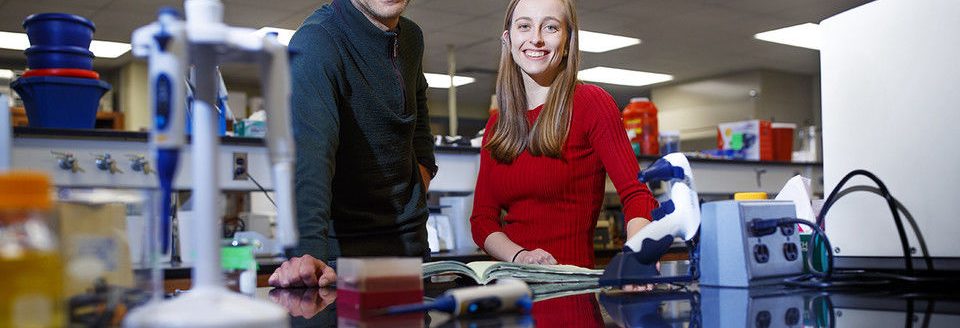Anti-viral components in soybean meal may promote growth and health in pigs
Swine diets are carefully formulated to provide the perfect balance of protein, carbohydrates, vitamins, minerals, and fats. But what if those diets also provided health-promoting bioactive compounds that could make animals more resilient to disease? A new article from the University of Illinois notes that soy-derived compounds may be doing just that.
Feeding soybean meal as part of pig diets is nothing new. In fact, the ingredient may have been quietly promoting growth and health of pigs all along, but its effects may have been masked by the routine use of in-feed antibiotics. With the advent of the U.S. Veterinary Feed Directive, which mandates more judicious use of in-feed antibiotics, producers are wondering what alternatives are out there.
“From previous research, we knew feeding a pig soybeans gave them a leg up when it came to fighting the porcine reproductive and respiratory syndrome virus, but we didn’t know what component of the soybean was causing this effect,” says Ryan Dilger, associate professor in the Department of Animal Sciences, Division of Nutritional Sciences, and Neuroscience Program at U of I, and co-author on the article. “From the human perspective, we knew isoflavones have anti-viral activity. We wanted to know if the same applies to pigs.”
Dilger and Brooke Smith, lead author of the article and graduate researcher in the Veterinary Medical Scholars Program at U of I, were invited by the board of the Journal of Animal Science to review the state of knowledge on soybean-derived isoflavones and saponins.
In the article, Smith details the use of soy and its processed forms in swine diets, and reviews research from rodent, pig, and human studies on the cellular activity of isoflavones and saponins.
“We understand what these compounds can do at the cellular level, and there have been a small number of studies looking at their effects in pigs, but there is still much to be understood about the impact of isoflavones and saponins in a production context,” Smith says.
The research shows soy isoflavones and saponins have anti-viral, anti-inflammatory, and anti-oxidant effects on a cellular level. They also promote growth and help pigs return to health faster after PRRSV infection. But the existing studies were either done in a laboratory or in a highly controlled setting over a short period, so it’s difficult to say what effect the compounds might have in a realistic production setting, with the stress of weaning, group housing, and other real-world factors.
Smith is poised to launch a long-term study set in a full production context, to isolate the effects of isoflavones on pigs infected with the PRRS virus. Results are probably a year away, but Dilger and Smith are optimistic about the potential of soy-derived isoflavones and saponins as growth and health promoters in the industry. They suggest there could be a future in which pigs are fed a greater proportion of soybean meal or other specialized soy products at an earlier stage after weaning.
“Isoflavones are unlikely to ever be isolated and used as a dietary supplement in an industrial setting, due to cost. But it doesn’t need to be – it’s already in the diet. We’re just showing what the impact is, and therefore we may want to increase the amount of soy that’s being used. Any farmer can do that,” Dilger says.
The article, “Immunomodulatory potential of dietary soybean-isoflavones and saponins in pigs,” is published in “Journal of Animal Science” [DOI: 10.1093/jas/sky036]. The work was supported by the United Soybean Board.

